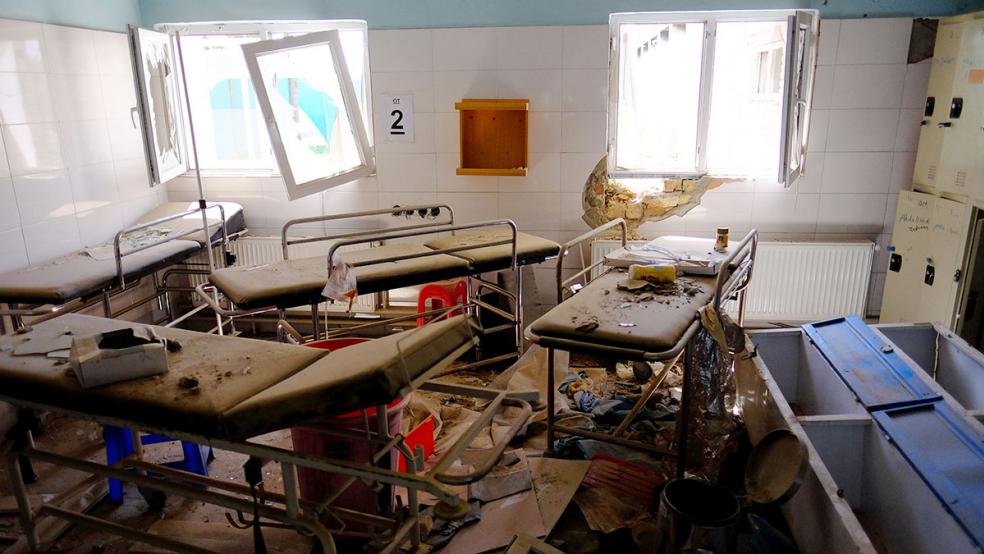During the long, sorry history of U.S. construction projects in war-torn Afghanistan, Congress has showered tens of billions of dollars on a broad range of projects to assist the beleaguered population, upgrade health care facilities and try to rebuild the country’s devastated economy.
As The Fiscal Times recently reported, a review of 36 inspection reports by the Special Inspector General for Afghanistan Reconstruction (SIGAR), covering 44 reconstruction projects worth $1.1 billion, found serious problems with most of them.
According to SIGAR’s findings, 63 percent of the projects failed to meet the requirements of the contracts, 36 percent were deemed structurally unsound or hazardous, and about 25 percent had been delayed for as long as two and a half years.
Related: 7 Ways the US Screwed Up Rebuilding Afghanistan
Now SIGAR has highlighted a new and surprising problem.
The government for months was unable to say with any certainly where 29 of 79 health facilities in the far northeastern province of Badakhshan were actually located. The health facilities were being funded through a $259.6 million program sponsored by the U.S. Agency for International Development (USAID) and the World Bank.
In July 2015, SIGAR requested information on the geospatial coordinates of the 29 health facilities and found “substantial inaccuracies” in the information after conducting limited site inspections later that year. Pressed for better, updated data to confirm that these facilities even exist, USAID officials responded that the agency “no longer maintained such data.”
Moreover, USAID was unwilling to make a special request to the Afghan government to help locate the facilities.
Related: US Taxpayers Paid Millions for Shoddy, Unsafe Buildings in Afghanistan
“SIGAR site inspections revealed that the actual geospatial coordinates for 12 of the 29 facilities were more than 10 kilometers from the USAID coordinates,” John F. Sopko, the special inspector general for Afghanistan reconstruction, said in a June 30 letter to the agency. “One of which was more than 700 kilometers from the USAID coordinates.”
The USAID data was so unreliable that it placed some health care facilities in incorrect districts, provinces or even neighboring countries. Two health facilities were finally located in neighboring Pakistan. “SIGAR mapped GPS coordinates for the 79 health facilities in the Badakhshan and found that coordinates for 22 of the health facilities were not located in the districts listed in the most recent information available to USAID,” Sopko’s letter stated.
Even when the buildings could be located, the findings weren’t encouraging. Almost every building has some basic structural problems, such as cracks in the walls, leaky roofs, shattered windows and damaged doors. Some of the health clinics have no electricity or running water.
SIGAR said it provided a draft of this letter to USAID for comment. In response, USAID stated that it informed the Afghanistan Ministry of Public Health and the World Bank about the problem, but could provide little additional help in clarifying the locations of the health facilities.





